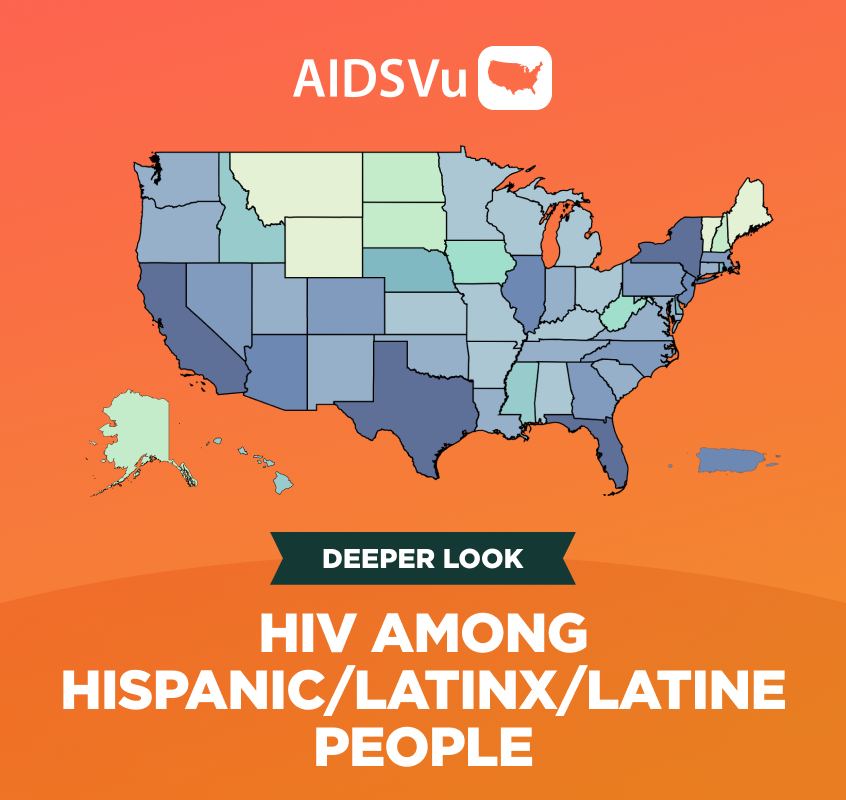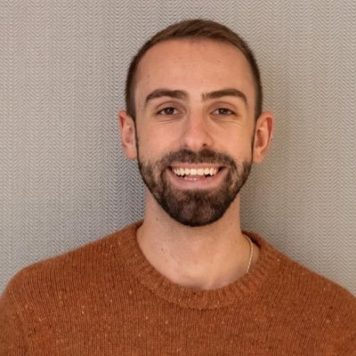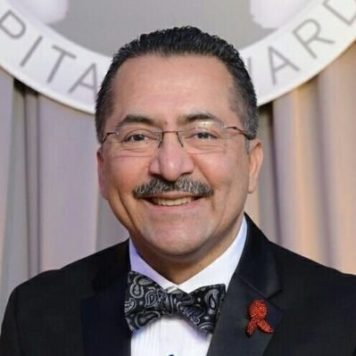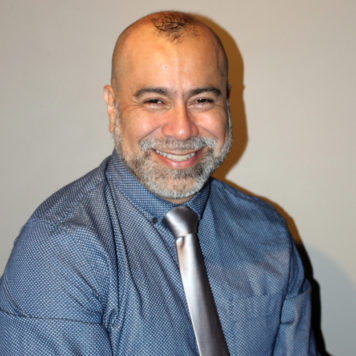Dr. Sonya Arreola, PhD, MPH is the director of Arreola Research and serves as a consulting faculty/mentor in the Visiting Professors Program for University of California San Francisco’s Department of Medicine and Prevention Science.
Your research focuses on reducing sexual health inequities among marginalized populations. What drew you to this line of work?
In the mid-1980s, before there were antiretrovirals, I was volunteering to do HIV testing and counseling with Spanish speakers and quickly became the project director of what was then called the Total AIDS Prevention Study at The Center in Long Beach. The intervention was designed to offer education, referrals, and support groups for gay men at risk for or living with HIV, but all the resources were in English.
The Spanish speakers had nowhere to go, so they ended up in my office after hours. Dr. David Martin, the Principal Investigator, gave me permission to translate the protocol and offer it to Latino men, but this strategy proved ineffective. Together, the Spanish speaking men and I used the outline of the Total AIDS Prevention Study to design an intervention that would acknowledge the particular needs of Latino gay men—specifically immigration, language, access to services, and a palliative to the stigmatizing messages about them. Eventually we were meeting weekly, and the support group was growing. As time went on, they became the Hermanos del Sol.
Later, the work of Paulo Freire would give me language to understand the importance of critical consciousness as a form of resistance to the internalization of stigmatization and discrimination, making it possible to choose liberty—as he would call it—by challenging the structural violence that not only harms the most vulnerable, but diminishes us all.
In 2020, Hispanic/Latinx people represented only 19% of the U.S. population, but 27% of those newly diagnosed with HIV. What drives this discrepancy, and what are some of the unique factors facing this population that may play a role?
Despite being the fastest growing ethnic group in the United States, Latinx people face more barriers and worse care options than their white counterparts. We lag at each stage of the HIV continuum. We are less likely to know our HIV status, and if positive, are less likely to be linked into care, receive antiretroviral treatments, achieve viral suppression, or have regular provider visits. The barriers are primarily structural in nature, stemming from the ism’s, such as racism, heterosexism, trans prejudice, colorism, sexism, classism, ableism, and ageism.
Going back to my original story above, the Hermanos del Sol illustrated the multiple ways that systemic othering of marginalized and oppressed groups causes harm. It was Rafael Diaz’s research that gave a voice to the structural violence I had witnessed fostered by the institutionalized systems that create those barriers to access, equity, and wellbeing. He provided early evidence that social forces such as poverty, racism, and heterosexism negatively impact psychological wellbeing and contribute to behaviors that increase Latinx’ vulnerability to HIV and worsen health outcomes overall.
By way of a more recent example, one significant determinant of access to and utilization of HIV services is discrimination on the part of providers. We have data showing that provider discrimination is associated with poorer access to HIV services along all parts of the continuum of care, and that among those who do receive services, discrimination by providers is particularly high. These data are an example of a structural factor that shows how Latinx are vulnerable to HIV.
You published a study in 2022 that examined HIV stigma and discrimination among Hispanic/Latinx immigrants. Can you walk us through your findings, and explain what they tell us about how we should be tackling health stigma and discrimination?
The devastating impacts of structural violence that stem from stigma and discrimination are increasingly recognized as determinants of health. In the intersectionality article, we wanted to highlight the unique barriers that Latinx immigrants experienced in accessing these services. As exemplified by Hermanos del Sol, there are unique factors that shape immigrants’ health before, during, and after migration. These factors include sociopolitical marginalization—such as discrimination of the immigrants that is sanctioned by the state itself—the condemnation of Latinx immigrants as criminals, and the lack of payment for work due to their vulnerability to deportation. There are also structural barriers to accessing HIV services such as denial of care, cultural and language incompetency on the part of providers and institutions, and discrimination by providers.
Based on the epidemiology of HIV and the state of the literature at the time when we wrote this, we made a case for focusing on the ways that anti-immigrant prejudice intersects with heterosexism, ageism, and transprejudice to exemplify how intersectional stigma and discrimination affect Latinx immigrants. It happens across the board for all Latinx immigrants and immigrants of color. We wanted to use these three categories of discrimination to show the importance of use an intersectional lens to look at these barriers.
Your study mentions that undocumented Hispanic/Latinx people living with HIV enter care with more advanced disease than documented individuals. How can public health officials, researchers, and advocates work towards eliminating some of the structural barriers that prevent access to adequate treatment and care?
Within each of those categories, there are certain steps that we can take. For public health officials, we need to start at the top. We need to implement hospital policies that explicitly prohibit discrimination and promote training of health providers to address provider discrimination to improve access to, use of, and retention in the services along the entire HIV health continuum.
Researchers need to conduct community-centered, participatory research with Latinx immigrants. To use Paulo Freire’s language, we need to walk with each other to produce knowledge about effective strategies borne of the communities themselves. I would also advocate for the use of intersectional frameworks that allow us to see the complex interplay among the different ways that the ism’s cause harm. This work requires community systems strengthening, local support and grassroots mobilization across a variety of fronts such as immigration policy, law enforcement, and social networks.
In terms of advocacy, I would argue that we all need to be advocates. We must decriminalize undocumented immigration, diminish stigma and discrimination, and improve healthcare access both for Latinx people including immigrants.
The challenge is that we are not willing to disrupt racism, heterosexism, classism, et cetera, when it makes us uncomfortable. It is reprehensible that the physical and psychological health outcomes of Latinx immigrants are predicted by the fact that they are Latinx or immigrants of color. We should be able to see equal distribution of disease, for example, across different identities. But to do this, we must first notice these inequities and then work to change them. We must demand more of ourselves and the country to do away with the inequities that keep marginalized populations disproportionately sicker, and ultimately weakens what this country should stand for.
October 15 is National Latinx AIDS Awareness Day, a day to recognize the disproportionate impact of the HIV epidemic on Hispanic and Latinx populations in the U.S. What message do you have for the community on this day?
Yes, but I also hope that the message reaches all communities. Identification of structural violence is part of a long struggle for social justice. We must continue raising critical consciousness using effective strategies to advocate for health and justice. We must organize, participate, commune, and celebrate differences within and beyond Latinx communities in common cause with other groups.
The work of Jesus Ramirez-Valles, in particular a book called Compañeros, provides important lessons for understanding the social determinants of health as well as the distinct ways that Latinx people can challenge the most pernicious of these negative determinants of health. The ism’s that face us contribute to a stratified society between the haves and have-nots. As Latinx we often assume responsibility for the lack of access or resources and believe that if we just work harder, we will enjoy the so-called American dream.
But the causes are primarily structural. We must learn how to explain these disparities and then work together to recognize our common humanity, not by making ourselves the same or ‘color blinding’ as some people argue, but rather by celebrating our differences, creating a sense of belonging and interconnectedness with each other, encouraging the right to co-create the world we inhabit, instead of building up walls to keep out those who do not belong. That wall is harmful to everyone, so we must come together to tear it down.




